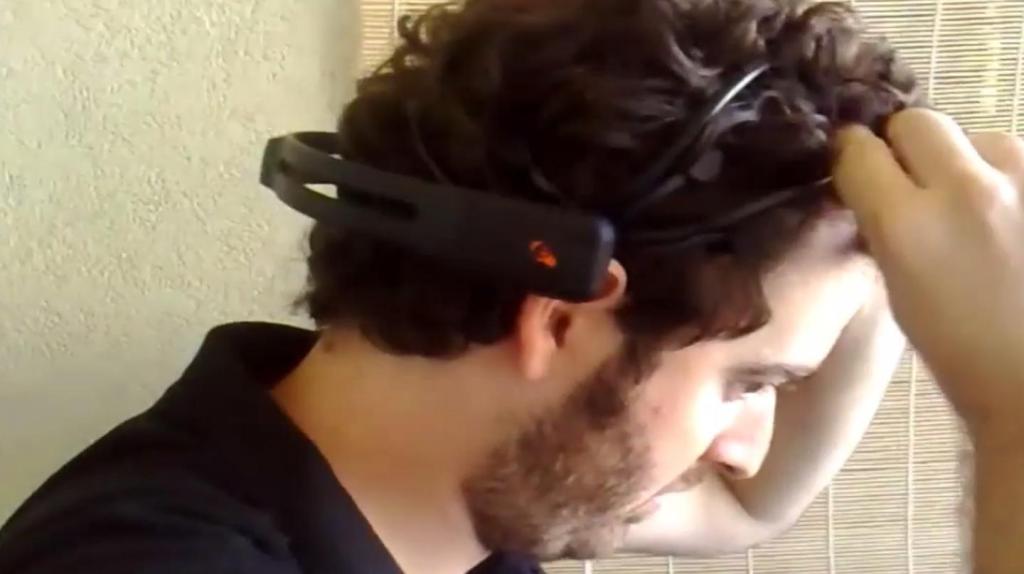This article originally appeared on Motherboard.
Late last month, Elon Musk unveiled his grand plans for Neuralink, a company dedicated to creating a high bandwidth brain-machine interface—that’s right, we’re talking about controlling computers with your mind. The idea is as cool as it is ambitious, but it’s by no means new. Brain-machine interfaces (BMIs) have been around for a while, but due to the crazy complexity of the brain the development of these devices has been slow going. Even when they do work, they’re often so clunky and slow that it’s hardly worth it.
Videos by VICE
This is partly what makes MindDesktop, the generalized BMI developed by researchers at Ben-Gurion University in Israel, so exciting. As detailed in a recent paper posted to arXiv, MindDesktop allows users to interface with most aspects of Windows PCs and type at the brisk pace of about 20 seconds per character. This might not sound like much, but it’s about an order of magnitude faster than most other off-the-shelf BMIs on the market. To get faster speeds, you’d need a BMI surgical implant.
In order to control a computer with your mind, MindDesktop leveraged a pre-existing Emotiv EPOC+ “neuro headset” which can easily be obtained for about $800. This headset is a 14-channel electroencephalogram (EEG) that measures electrical activity in the user’s brain and then transmits this data to a computer using a WiFi link.
At the most basic level, the Emotiv headset is measuring electrical signals associated with various facial tics—if you grimace using the left side of your face, this will produce a different brain pattern than, say, furrowing your brow. But the headset can also be ‘trained’ to measure brain-wave patterns associated with thoughts about particular objects. The patterns generated by these thoughts, along with nerve patterns associated with facial movement, are then coupled with various commands within the BMI software in order to control the computer.
This is pretty cool and works well enough, but the software that is typically used with the Emotiv headset was too clunky to be of much practical use. So the researchers developed an efficient new interface that allows for more dynamic brain-computer interaction. One of the main improvements was the development of a “hierarchical pointing device” which essentially segments the computer screen into ever smaller quadrants until the item the user wants to click on is targeted by in one of the quadrants.
When combined with other features like predictive text and an onscreen keyboard, healthy test subjects were able to quickly send simple emails after just three sessions learning how to use the device.
This is a great start and will undoubtedly improve the lives of paralyzed persons who use BMIs every day. We still need better sensors and a deeper understanding of neural mechanisms before BMI technology will be good enough for generalized use—but don’t worry, Elon is working on it.
More
From VICE
-

Chris Farley in 'Tommy Boy' (Photo by CBS via Getty Images) -

Dan Akyroyd and Bill Murray (Photo by Vinnie Zuffante/Getty Images) -


